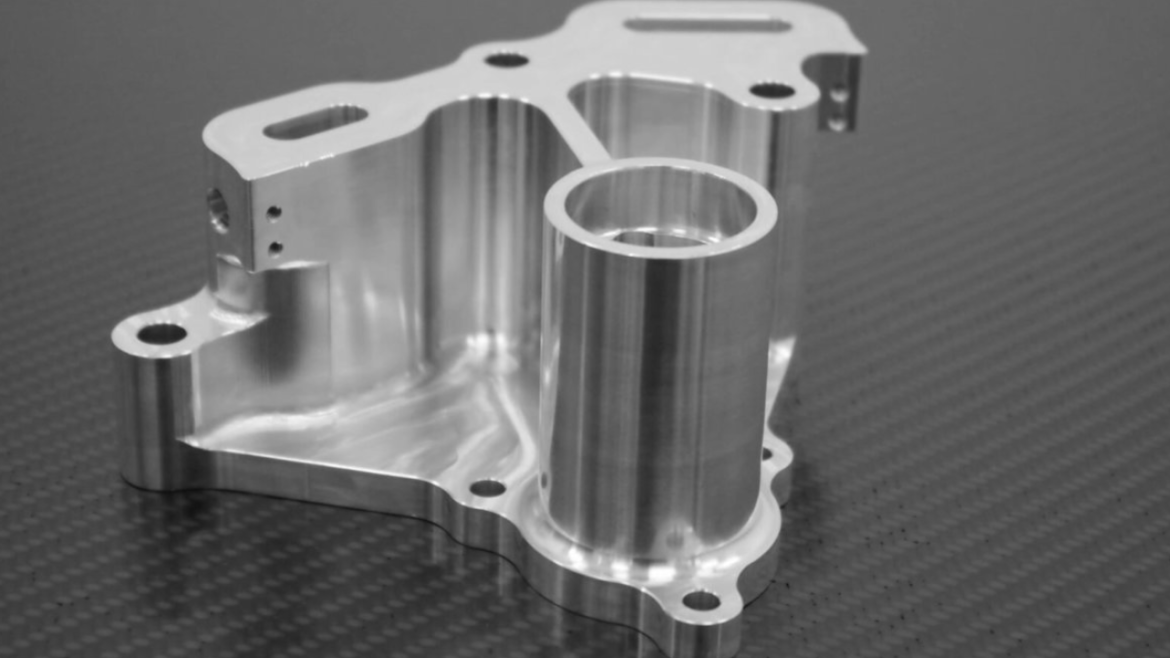A comparatively recent industrialized metal, aluminum has been produced for use in commerce for more than a century. Aluminum is a relatively soft, strong, lightweight, easily expandable, and extensible metal that can nearly take on any shape. According to the degree of surface roughness, its appearance ranges from silver to dark gray.
It is non-magnetic, difficult to ignite, and a good heat and electrical conductor. Many sectors are choosing to use precision-machined aluminum parts. Due to its superior mechanical characteristics, aluminum machining parts are one of the most widely used metals. The pieces created by machining are referred to as aluminum CNC parts.
Considerations for features should be made:
Material Selection
Material choice is the first thing to take into account while creating aluminum cutting parts. When selecting an aluminum alloy for machining, power, versatility, and cost must all be taken into account.
Aluminum alloy 6061 is frequently used because of its exceptional durability and good precision. It may, however, cost more than other aluminum alloys. Although it can be more expensive than other aluminum alloys, the high-strength alloy 7075 aluminum is frequently utilized in aerospace and military use.
Part Geometry
Part geometry is the next factor to take into account when creating aluminum machining components. Consider the necessity for fixturing and the ability to access hard-to-reach places while planning the geometry of the item for machining. For instance, it’s crucial to take the part’s length-to-diameter ratio into account while milling a cylinder.
To prevent bending during milling, parts having a high length-to-diameter ratio may need more support or specific featuring. To ensure that prismatic pieces stay stable during milling, additional consideration for clamping and featuring may be necessary. To make sure that every portion of the part can be accessible during the machining process, complex forms may need multi-axis machining or specific featuring.
Tolerances
The permitted departure from the desired dimensions of a part is referred to as a tolerance.
For instance, some machining methods, like milling, may be able to produce parts with tighter tolerances than others, like turning. Furthermore, the finished product’s specs may dictate the necessary tolerances. For instance, a component for high-precision use, like a medical device, might need tighter tolerances than a component for a less important purpose, like a consumer good.
Surface Quality
Another crucial factor to take into account when constructing aluminum-machining parts is surface finish. The texture or look of a part’s surface is referred to as the surface finish. Aluminum parts can have their surfaces polished, anodized, polished, or spray-coated, among other surface treatments.
Consider the needs of the finished product and the intended aesthetic look when choosing a surface finish for aluminum parts. A strong, long-lasting finish that is resistant to chipping and scratches can be made with powder coating.
Machining Parameters
Machining parameters are the last factor to take into account while creating aluminum machining parts. Cutting speed, feed rate, and depth of cut are all terms used to describe machining parameters. For instance, because of their distinct characteristics, various aluminum alloys may require various machining parameters.
Finally, the equipment that is available for machining may limit the range of machining parameters that can be used. For instance, reducing the feed rate while raising the cutting speed may help to shorten the machining process and enhance surface smoothness.
Final Result
Finding a balance between practical considerations like cost and machining efficiency and the requirements of the finished product, such as strength and aesthetic appeal, is necessary when developing aluminum machining components. No matter if they are CNC aluminum parts or bespoke aluminum parts, producers may satisfy their client’s expectations while also reaching the highest level of productivity in production by harmonizing these elements. The machining technique must be carefully taken into account while designing aluminum machining parts.
